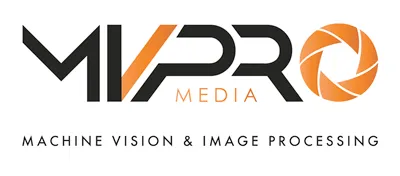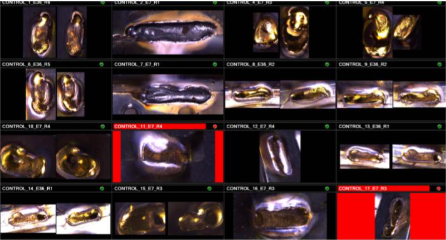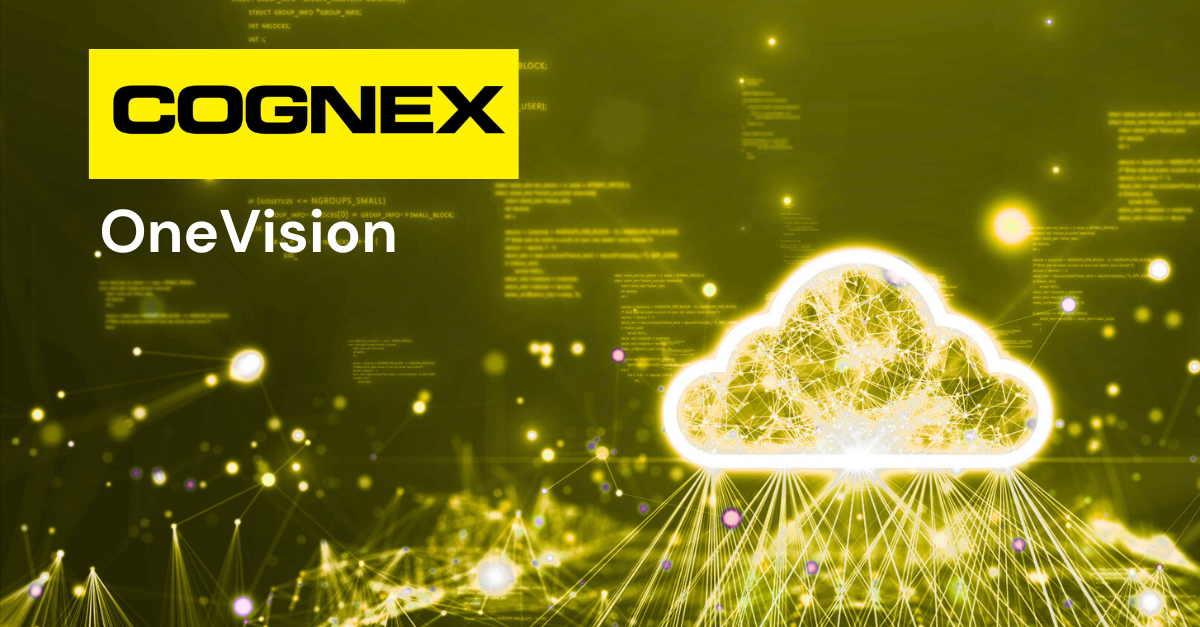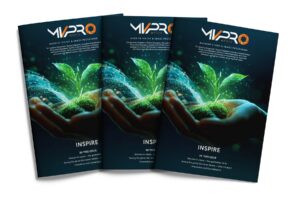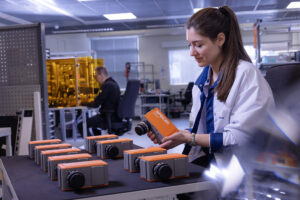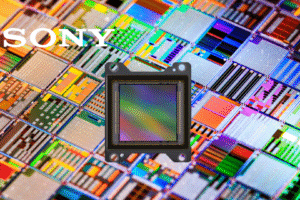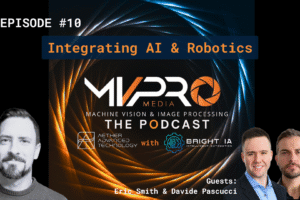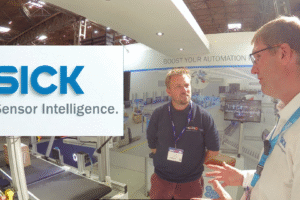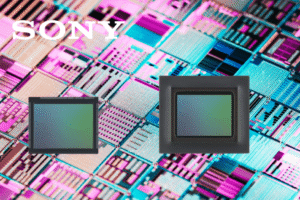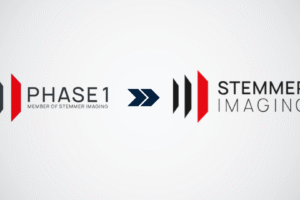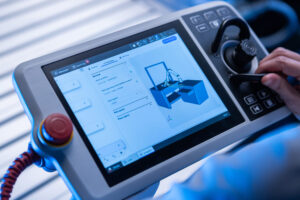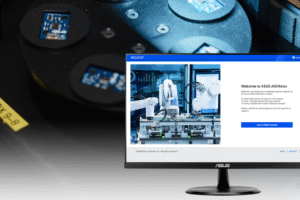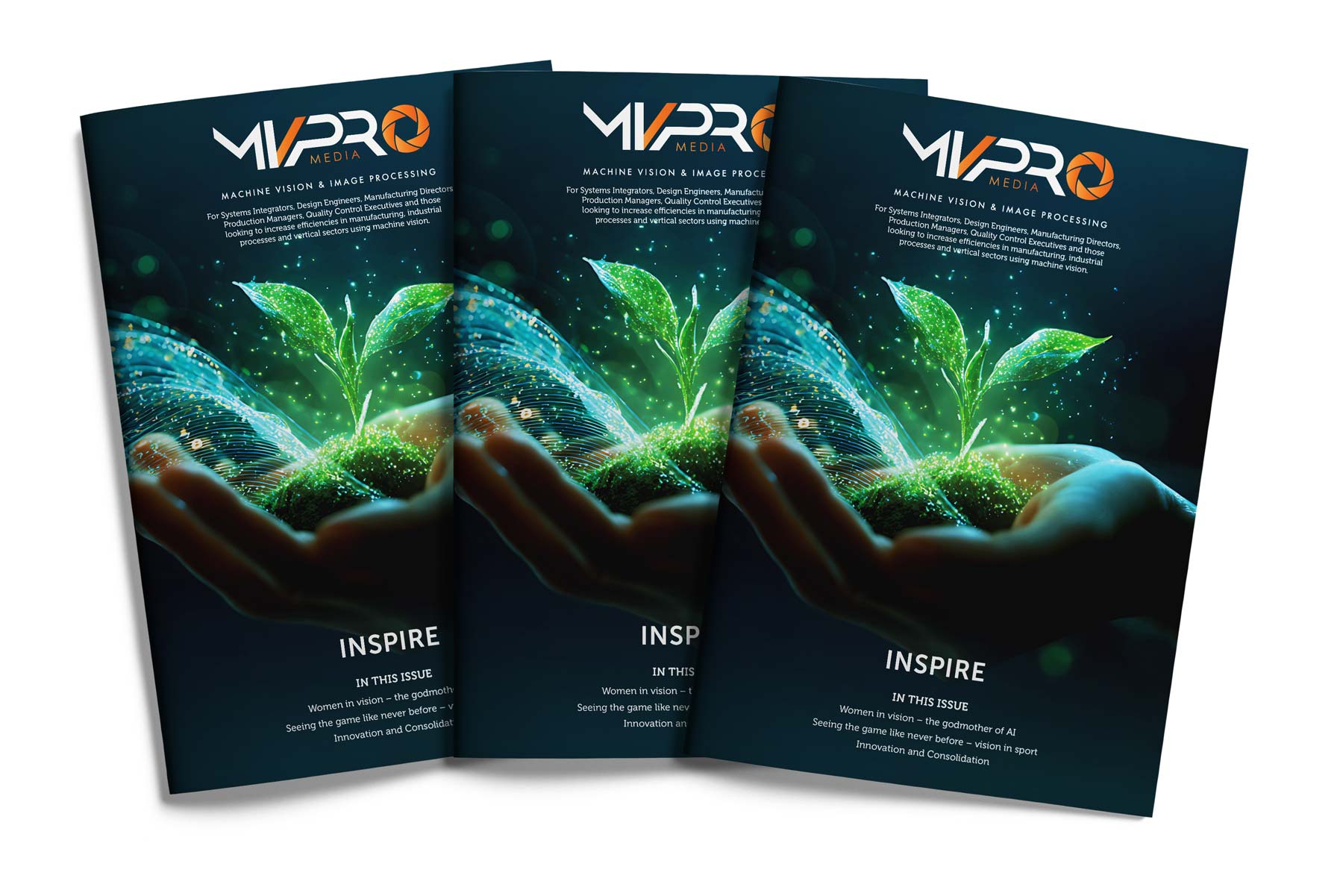As technology evolves, so do the people who use and purchase it. The face of machine vision buyers is changing, starting with millennials and even more so with Gen Z who grew up in a digital world. They have a generational advantage, meaning they understand technology and can adapt technologies like machine vision to their careers, naturally.
When machine vision in manufacturing emerged decades ago, it seemed science fiction came to life. Despite the power of machines that could “see” and interpret, manufacturers were hesitant to embrace machine vision. A general lack of awareness plus steep investments fuelled this hesitancy to leverage machine vision as a solution.
Times have changed. With decades of experience working with machine vision, we’ve witnessed interest soar in manufacturing machine vision solutions along with transformative generational changes. The question used to be “Can it be done?” Now, it’s “How will we do it?”
There are also other important differences with our newest workforce. Gen Z’s values around work differ greatly from previous generations. A McKinsey study found that while Gen Z is open to working in manufacturing, they want an environment focused on people, not one that is optimised for machines. Compensation is less important to Gen Z than meaningful work, flexibility, and career advancement, according to McKinsey. Research is also telling us about global population decline, and people living and working longer. Industrial leaders are highlighting the possible impact on innovation, productivity and the ability to fill skilled manufacturing and engineering roles.
Report data from one European manufacturing industry body showed that 75% of surveyed manufacturers are concerned about an ageing workforce. “Attracting and retaining a younger workforce is an ongoing problem… the average age of manufacturing staff has climbed and it is not uncommon for over-40s to now make up the majority of employees within the sector,” it said. How can technology help?
Businesses should be thinking about how modern technology, such as automated machine vision systems, can attract Gen Z to new job opportunities including training, maintaining, and overseeing automated systems, for example, as well as skills and higher-value work. Technology like machine vision helps to advance the workforce overall and offers Gen Z manufacturing workers the chance to pursue what’s most important to them.
AI Moves Machine Vision Forward
Many of today’s latest machine vision advancements are around AI, but an AI system is only as good as its training. Some AI deep learning machine vision systems are pre-trained based on a large data set and can work extremely well. For example, deep learning OCR (optical character reading) tools work in this way, meaning new hires, perhaps Gen Zers, can starting using these tools without the need for time-intensive training. However, edge-based training or single-product line training can be easy and quick but may not capture AI’s full potential.
Machine vision teams across manufacturing industries need a new way to commission deep learning machine vision. One of those new ways must be the cloud. A cloud-based machine vision platform would allow users to securely upload, label, and annotate data from multiple manufacturing locations across site, country, and region. Like many industries, manufacturers are faced with hiring and retaining skilled machine vision specialists, including from the newer Gen Z workforce. Imagine if a company could more easily unlock the skills and expertise of individuals and teams at one site, country or region for the benefit of all, particularly where machine vision talent is harder to find. A collaborative, cloud platform would make this a reality.
A larger, more diverse range of pooled data in a cloud-based platform from across sites and environments is better for deep learning training. Such a platform would allow defined users to work together in real time, collaborate on annotation, training and testing projects, and share their expertise.
Powered by much better training and testing data, they may deliver much higher levels of visual inspection analysis and accuracy beyond conventional, rules-based machine vision for certain use cases. Deep learning cloud-based platforms will allow for model edge deployment on PCs and devices to support flexible, digitised workflows on the production line, on a PC or device wherever a user or team is located. The power of the cloud, AI, and advances in computing and capture hardware have shifted the machine vision conversation from “Can it be done” to “Let’s do it.” Machine vision will continue to evolve, and so will the skills and expectations of each new generation of the workforce. Gen Z, says the McKinsey report, want meaning work, flexibility, reliable coworkers, and caring leaders. It’ll be important for companies to stay on top of current trends and tools, but it’s also important to leverage the past several decades of experience – especially the more experienced members of the workforce – together with the latest innovations, in order to advance, recruit and retain the future workforce. Learn about modern machine vision solutions for your future workforce here.
Written by Andy Zosel, Senior Vice President and General Manager, Advanced Data Capture, Machine Vision and Robotic Automation, Zebra Technologies
